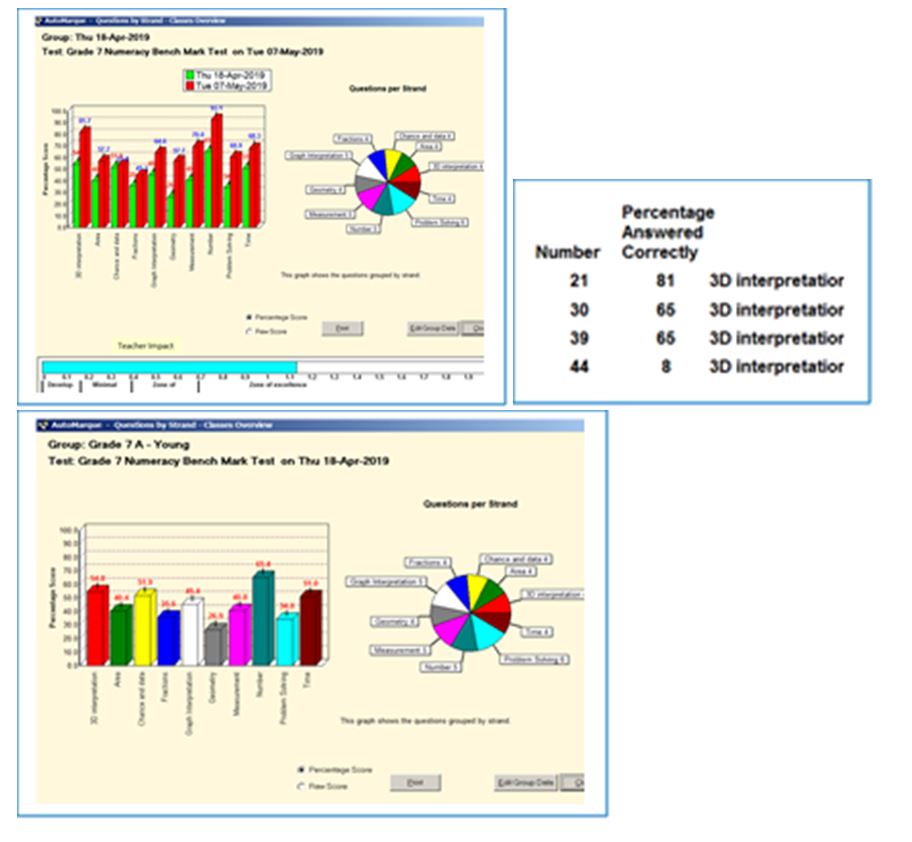
When teachers regularly conduct pre- and post-test analysis in their everyday teaching, the feedback keeps the teachers informed as to the quality of their pedagogy – their ‘impact’ – thus enabling teachers to confirm their own and their students’ competence.
By contrast, the media regularly reports that many schools conduct NAPLAN practice tests leading up to the annual assessment, despite the mounting evidence that this is largely a waste of time. This is because NAPLAN is a standardised test – a test that measures what students know and can do. It is ironic that while members of the teaching profession know this, they appear to ignore the reality.
When teachers regularly conduct pre- and post-test analysis in their everyday teaching, they need to observe some basic parameters. Each pre-test should be looking at what the teacher believes all students already know, understand and can do, and connect to the next new material (Part A). The second important part of the assessment (Part B) addresses the new knowledge, understandings and desired actions to be taught.
The purpose of Part A is to confirm that the students are well positioned for learning the new material. Part B will reveal how much the teaching group already knows, understands and is able to do. With this evidence, the teacher is well informed about the learning needs of the class, often saving considerable time compared with not having pre-test evidence.
When preparing multiple choice assessments, teachers should aim to ask four to six questions about each teaching point to reduce the chance of students guessing. If each question is tagged as belonging to a particular strand of learning, it aids the teacher to understand where to teach, by strand of learning. Empowering teachers to address a single strand each time, speeds up the process of learning.
The dilemma from a teacher’s perspective is that all this marking could lead to an increase in workload. That would be true if teachers were marking by hand; however, those teachers who use AutoMarque are able to mark 30 students’ work in less than two minutes using their school photocopier. The results of such assessments are obtained by clicking on icons.
The image at TK summarises how each strand was handled in the pre-test, while the image at TK identifies the relevant questions in one strand of learning and students’ success in the pre-test. The image at TK summarises the pre-test/post-test analysis, including the level of teacher impact.
Such methodology helps schools to increase their NAPLAN results by 10 points each year, every year – an improvement of 50 points over five years.
To verify this claim and obtain a free demonstration copy of AutoMarque, contact us at automarque.biz.



